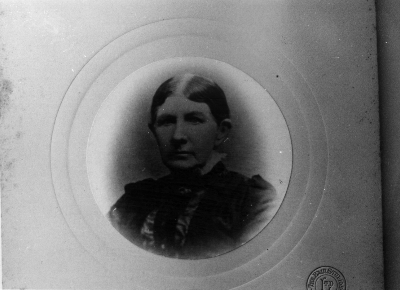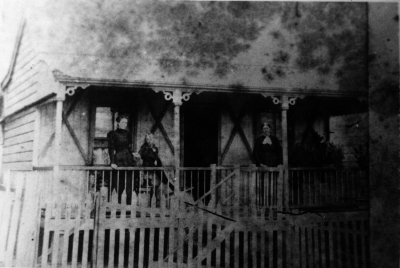Quilt No.793MO - With held as requested
1920 x 1756mm
The quilt maker is unknown but possibly Hanora Brosnan on the family farm at Close, Castleisland, Co. Kerry, Ireland. It was brought to Australia in 1861 when the family migrated. It passed to her grand- daughter Daisy Brookes and on her death to the present owner. It is not used now.
"The Hanora Brosnan Quilt.
Born in 1827 at Ballinvariscal, Castleisland, Co. Kerry, Hanora Brosnan was the third child and eldest daughter of Timothy 'Wig' Brosnan and Mary Slattery.
Sometime in the 1830s the family moved to Close, Castleisland where further members of the family were born. About 1857 Hanora met and married John Brosnan and migrated to London where their two eldest children were born. In 1861 the family migrated to Brisbane, Queensland, on the 'Mangerton', where John had been offered a position of warder at the old gaol.
Being free settlers the family were offered a grant of land, near Creek St., Spring Hill. Later they moved to Normanby, 'the old house still standing on the turn off for Red Hill'. About 1865 the family moved to the Redbank area where they took up land and grew cotton as well as a mixed farm of vegetables, fruit trees, wheat, corn, pigs and cattle. John took up a post at the Asylum when the insane were moved there from the old Brisbane gaol.
In the latter part of the 1870s the family moved to Ipswich where the father had taken up the old Criterion Hotel, near the old Court House, now the site of a church. Sometime later Hanora Brosnan moved to Paddington and finally lived with one of her daughters before she died in 1907.
According to her grandaughter, Daisy Brookes, 'In those days (on the farm at Close, Co. Kerry} flax was grown for the making of their own linen. This was made into thread after being taken from the pits and treated, then woven into material. A quilt woven the correct size was stretched on a frame, two thicknesses, padded between with finely clipped wool from their sheep, then quilted in a closely patterned design'.
The date of actual construction of the quilt or who actually made it is unknown but more than likely Hanora and possibly some of her sisters were involved in its construction.
The quilt passed to its present owner, a great- great grandneice of Hanora on the death of Daisy Brookes in 1978."
[Name with-held as requested 8.2.99]


Related Quilts:
1960 x 1950mm
2033 x 1474mm
1260 x 650mm
1050 x 610mm








